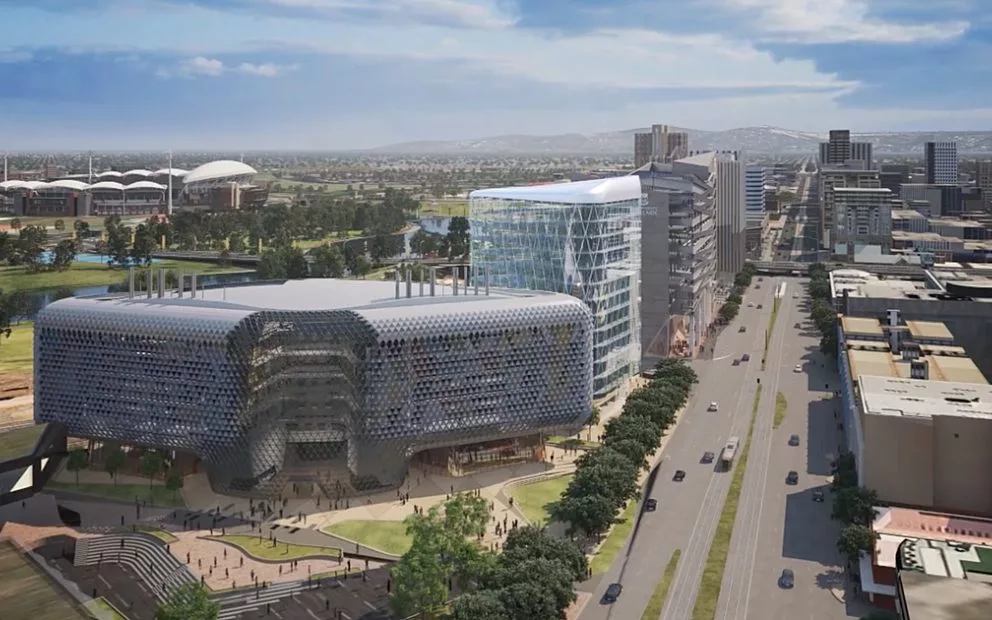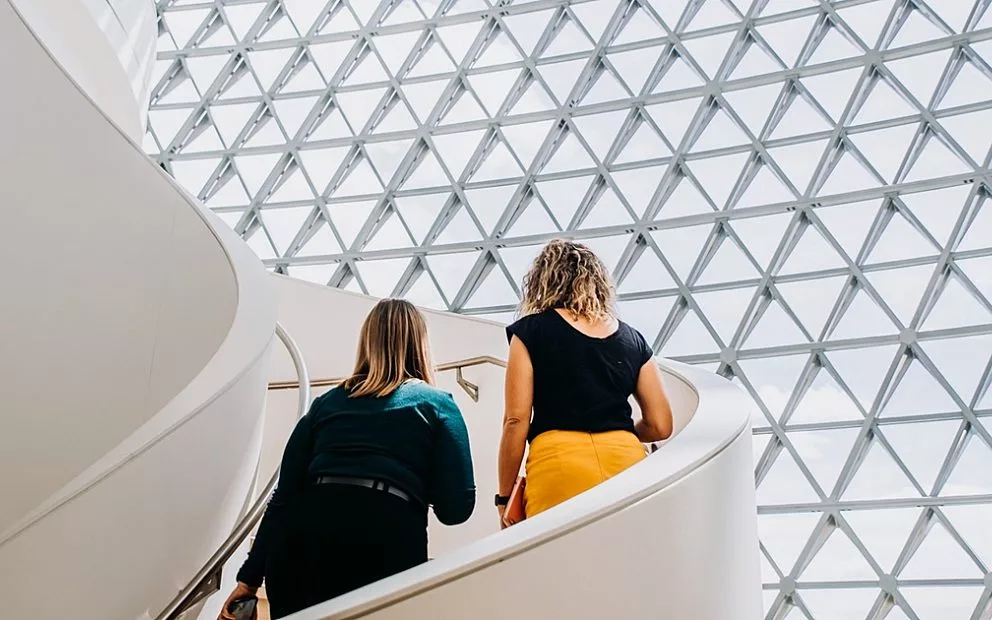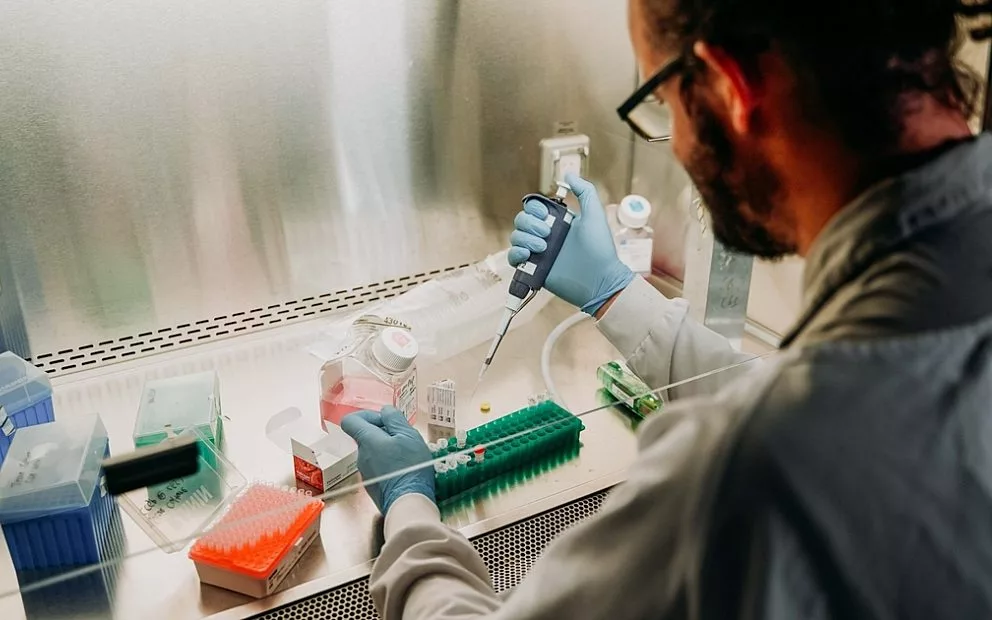BIG money, big science, big building — but for South Australians in dire need, the biggest deal coming to North Tce is a whiz-bang machine that can destroy inoperable cancers.
The southern hemisphere’s first Proton Therapy Unit will deliver intense radiation directly to tumours without damaging surrounding healthy tissue.
Powerful proton beams will target cancerous tissues within millimetres of vital organs without collateral damage, even when there is slight movement such as breathing.
At present, people needing such treatment have to go overseas at huge cost — federal subsidies are available and the government sends a small number of patients to America, Japan or Europe for proton therapy every year.
However, for some people, the choice to save a loved one’s life can mean mortgaging the home.
The Australian Bragg Centre for Proton Therapy and Research will be based in the $240 million SAHMRI 2 building, due to open in 2021.
It will stand next to the flagship South Australian Health and Medical Research Institute (SAHMRI) building in the multi-billion dollar SA Biomedical Research Precinct.
The Federal Government has committed $68 million to the project and the State Government $44 million.
The unit’s particle accelerator will occupy an underground concrete bunker and the 14-storey building will house some 400 researchers with space for industry partners.
The unit is expected to attract patients from across Australia, Asia and the Pacific, treating around 800 people a year, further cementing Adelaide’s reputation as a centre of medical excellence.
While there has been some controversy over the tender process and the project is behind schedule, officials are confident the proton beam therapy will dramatically improve cancer treatment and also be a valuable research tool.
Associate Professor Michael Penniment from the University of Adelaide’s Department of Radiation Oncology said the unit is a precise way of delivering radiation therapy.
“Proton therapy allows us to define where the beam stops in a patient and avoid critical tissues,” he said.
It seems fitting that Adelaide will be the home of the southern hemisphere’s first proton therapy unit.
William Bragg and his son Lawrence working at Adelaide University in 1915 discovered the Bragg Peak, which is the fundamental principal of proton therapy and the reason why protons can miss important tissues.
“In Australia, around 600 to 800 patients a year would benefit significantly from proton therapy.
“Proton therapy units are expensive but, once purchased, the accelerator in Adelaide will have three rooms, treat over 1000 people per year and be fully operational for more than 20 years.”
SAHMRI’s Professor Timothy Hughes wins prestigious national award for cancer research
PROFESSOR Timothy Hughes heads a team of researchers that is pioneering new treatment options — and hope — for people living with chronic myeloid leukaemia.
Based at the South Australian Health and Medical Research Institute as its cancer theme leader, Prof Hughes has just won the prestigious GSK Award for Research Excellence for his work in transforming the lives of patients with CML.
He was recognised for exploring the use of tyrosine kinase inhibitors, or TKIs, an oral targeted therapy that specifically inhibits the overactive enzymes in the cells and kills the cancer.
“I came to Adelaide in 1993 to set up a research lab in CML,” Prof Hughes said.
“The ’90s was a frustrating period: we made some headway in research but, for (CML) patients, we made very little headway and nearly all died within three to five years.”
Now, with the help of his research and the use of TKIs, Prof Hughes said the prognosis for CML had drastically improved.
“If a patient presents to me today with CML, there is still a risk the disease can progress to the acute phase (that is) universally fatal,” he said.
“But that risk is only about five to 10 per cent and there are many patients on the whole, we expect them to have a normal survival. (And) patients have remained in remission.”
Because of the huge and relatively fast headway in CML research, Prof Hughes said the field had been “very satisfying” to work in.
I am very proud of what the team here in Adelaide have achieved
“I came to Adelaide from Sydney because Adelaide had the best structure for allowing a clinician to do dedicated research.
“It wasn’t easy to do in Sydney and I was very happy I made that decision — the benefits are very clear.”
Now Prof Hughes, who also heads the University of Adelaide’s Beat Cancer Project, said his team’s goal was to apply “what we’ve learnt in CML to many other diseases”, including childhood leukaemia.
Health — a huge growth industry for South Australia’s future
HEALTH is one of South Australia’s biggest growth industries that will continue to create jobs and boost the economy, a health expert says.
Professor Steve Wesselingh, executive director at the South Australian Health and Medical Research Institute, headed the opening of the state’s first flagship health and medical research institute SAHMRI in 2012.
The formula has been so successful, there are plans to open a SAHMRI 2 on the North Tce site by 2021.
Prof Wesselingh said the state’s growing reputation will attract big health players but also provide opportunities for South Australia’s best and brightest researchers, scientists and health professionals.
“Both the institution of SAHMRI and also the building and even the rest of the (biomedical) precinct plays a big role in helping attract really good researchers and keep really good researchers here,” he said.
“I was recently overseas talking in Cambridge and London and they said exactly the same thing ... that buildings like SAHMRI played an enormous role in keeping and attracting people both to research but also to the place (Adelaide).”
Prof Wesselingh said South Australia was proving collaboration between its three major universities — the University of Adelaide, UniSA and Flinders University - and SAHMRI had been a success.
“South Australia is too small to have all the players competing with each other — we’ve got to compete with everyone else (in the nation and the world),” he said.
If we can work together ... you can have the best and brightest working together — that’s how you succeed in medical research.
Prof Wesselingh said plans to build a SAHMRI 2 was “probably two or three years ahead of our plan”.
“SAHMRI 2, we’re obviously thinking about it pretty early but it really is because SAHMRI is full — the building is full,” he said.
“Our turnover, our growth, our impact is probably ahead of schedule.”
When it is complete, said Prof Wesselingh, the new building would attract companies from across the nation — and the world.
“There will be space in the building for other companies to come into the precinct (such as) biotech companies, pharmaceutical companies, medical companies,” he said.
And the city’s West End multi-billion biomedical precinct was the ideal site for “someone like Siemens”, due to the proximity with the new $2.3 billion Royal Adelaide Hospital.
“What I think is important (is) a line of sight to the health impact they’re looking at,” Prof Wesselingh said.
“Being on the precinct, the health researchers will also see the healthcare delivery because the hospital is right there.”
This story was reproduced with permission from The Advertiser.



